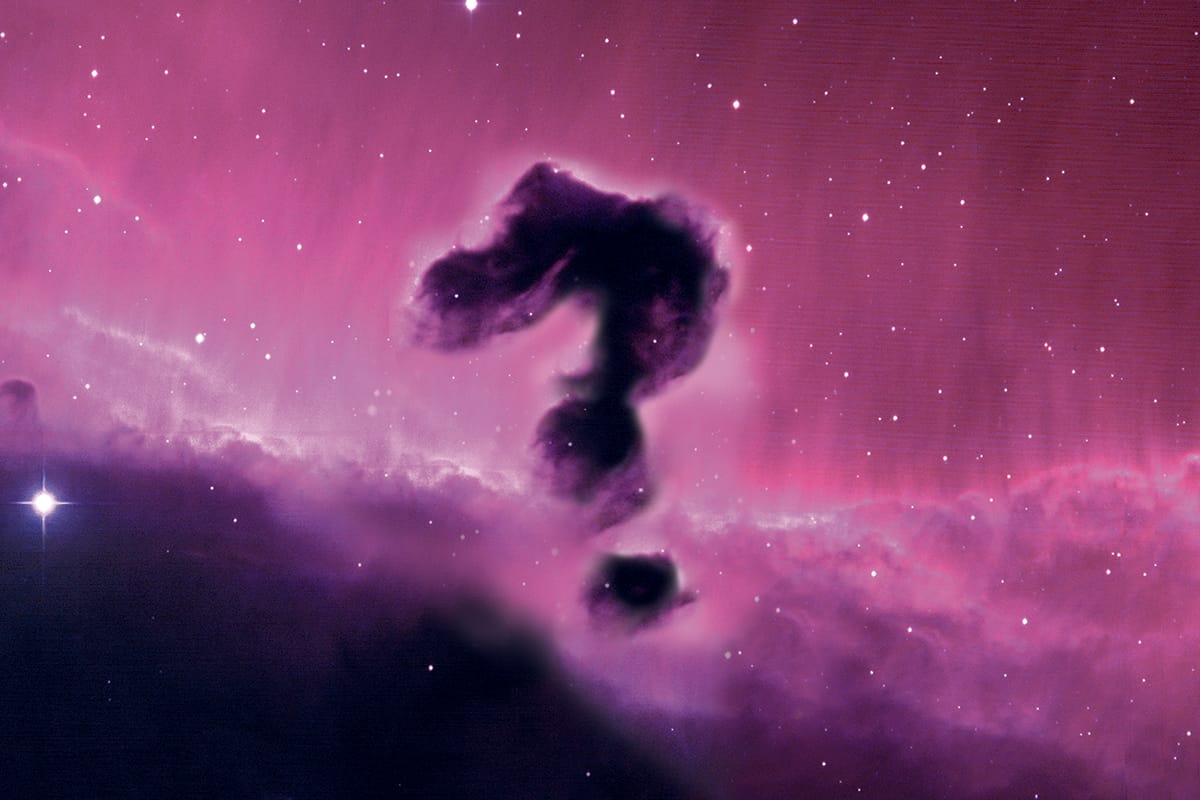The potential hazards posed by near-Earth objects (NEOs) take the spotlight with the recent findings surrounding asteroid 2024 YR4. First detected on December 27, 2024, by the El Sauce Observatory in Chile, this celestial body has gripped the attention of scientists worldwide. Initial observations underestimated its risk, with a 1.2% chance of impact, but further analysis has revealed an increase to a 2.2% probability of striking our planet on December 22, 2032.
Measuring between 130 and 300 feet in diameter, 2024 YR4 could have consequences ranging from localized destruction to regional impacts, depending on its eventual trajectory. This heightened risk places it at Level 3 on the Torino Impact Hazard Scale, indicating a situation that warrants close scrutiny but does not yet demand public alarm. While this rating reflects a higher level of risk than usual for near-Earth asteroids, it is balanced by the low absolute probability of an Earth collision.
The European Space Agency (ESA) and NASA have both placed the asteroid under intense observation, employing a combination of telescope arrays and radar imaging to refine its path. The collaboration between global space agencies exemplifies the planetary defense protocols designed to evaluate and mitigate hazards from celestial objects. Advanced computational models aim to provide more accurate predictions about the object’s orbit as new data becomes available.
A crucial factor in ongoing studies is the Yarkovsky effect, a subtle force caused by thermal emissions from the asteroid itself. This phenomenon can cause slight but impactful alterations in its orbit, making precise predictions a challenge. Adjusting models for the Yarkovsky effect and potential gravitational interactions with other bodies in the solar system remains a dynamic aspect of the asteroid’s assessment.
Given its size, 2024 YR4 falls into a category of asteroids often termed “city-killers.” These celestial bodies are not large enough to cause global devastation—unlike the asteroid that led to the extinction of the dinosaurs—but could have catastrophic effects locally. A similar-sized object is believed to have caused the 2013 Chelyabinsk event in Russia, which injured over 1,000 people.
While the immediate probability of impact has increased slightly, experts urge the public to focus on the research efforts underway rather than succumb to fear. “The rise from a 1.2% to a 2.2% impact probability is important for planetary defense purposes but remains small on a statistical scale,” said an ESA scientist. “Plans for deflection or disruption, if needed, are theoretical and heavily contingent on further observational data.”
Stepping back from the specifics of 2024 YR4, this event serves as a timely reminder of humanity’s vulnerability to space phenomena. Over a million asteroids are estimated to orbit near Earth, of which a significant percentage remains undetected. Continuous improvements to early-detection systems like NASA’s Planetary Defense Coordination Office and international projects such as the ESA’s Space Situational Awareness program seek to bridge these observational gaps.
Potential mitigation strategies for an Earth-bound asteroid include kinetic impactors, which involve spacecraft crashing into the asteroid to change its trajectory, and nuclear options for larger threats. These technologies are still in developmental stages, but successful simulations like NASA’s 2022 Double Asteroid Redirection Test (DART) provide optimism for future challenges.
Asteroid 2024 YR4, though currently the subject of heightened attention, should not induce panic. Efforts to refine its projected path and hazard level will continue, with experts pointing to the necessity of global collaboration. For now, the coming years will be critical in observing and possibly recalibrating the course of this spaceborne object.



